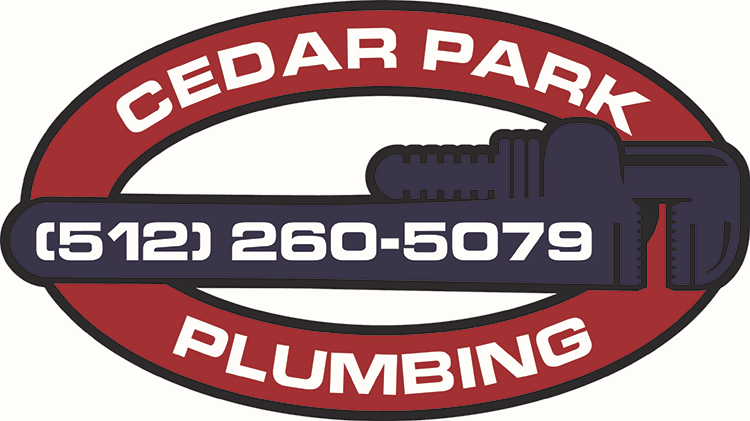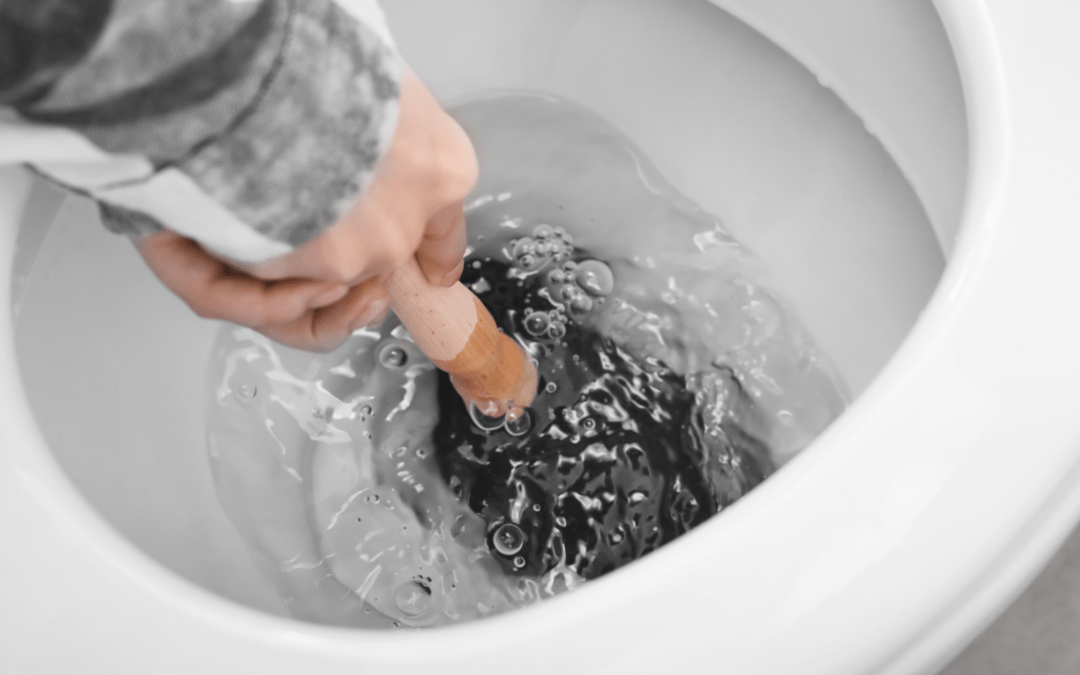Blocked drains can be a real pain, but there’s no need to panic if you know how to use a plunger. A plunger is a tool that creates suction to dislodge clogs in your toilet or sink. It’s a simple and effective solution that can save you the cost of calling a plumber. In this post, we’ll go through everything you need to know about using a plunger effectively.
Types of plungers
Before we get started with how to use a plunger, let’s look at the different types of plungers available. The two main types are cup plungers and flange plungers. Cup plungers are the most familiar type and are shaped like a rubber suction cup on the end of a wooden handle. Flange plungers are slightly more complex and have a rubber flap that flips out for plunging toilets. Whichever type you choose, make sure it’s the right size for the drain you’re plunging.
How to use a plunger on a sink
To unblock a sink, start by filling the sink with water until it reaches about halfway up the sides of the plunger cup. Next, place the plunger over the drain and make sure it creates a tight seal around the hole. Then, push and pull the plunger up and down rapidly for about 30 seconds. The suction created by the plunger should dislodge the blockage. If it doesn’t, repeat the process until the water flows freely.
How to use a plunger on a toilet
When it comes to plunging a toilet, the process is similar but requires a bit more care. First, put on some gloves and eye protection, then fill the toilet bowl with enough water to cover the cup of the plunger. Place the plunger over the hole in the toilet bowl and make sure it creates a tight seal. Then, push and pull the plunger up and down slowly and firmly, trying to maintain a seal between plunges. Keep plunging until the water in the bowl starts to drain away.
Safety precautions
It’s always a good idea to take precautions when using a plunger. Be mindful not to splash toilet or sink water on yourself or your clothes, and avoid using chemical drain cleaners before plunging, as they can be dangerous when combined with the suction created by the plunger. It’s also essential to dispose of any toilet paper or other waste you’ve plunged out of the drain safely and hygienically.
When to call a plumber
If plunging doesn’t solve your drainage problem, it’s time to call in the professionals. A plumber will have the expertise to deal with more stubborn clogs that require a snake or other tools. Additionally, if you experience frequent drain blockages or backups, it may be an indication of a more significant problem with your plumbing system that needs attention.
Conclusion
By following these simple steps, you should now be able to use a plunger effectively to unblock your sinks and toilets. Remember to choose the right type of plunger, create a tight seal around the drain, and take safety precautions to avoid splashing yourself or damaging your pipes. If plunging doesn’t work, it’s always best to call in a professional to address the problem and prevent further damage.

